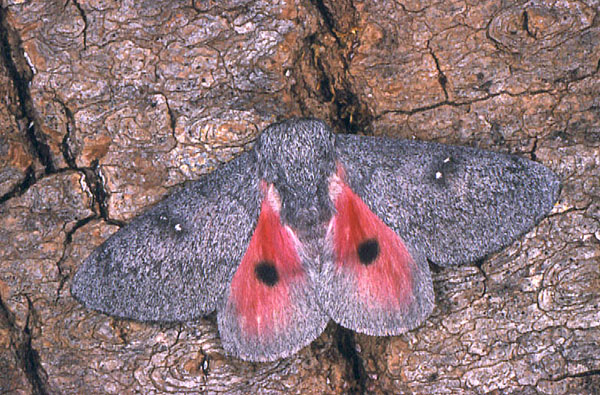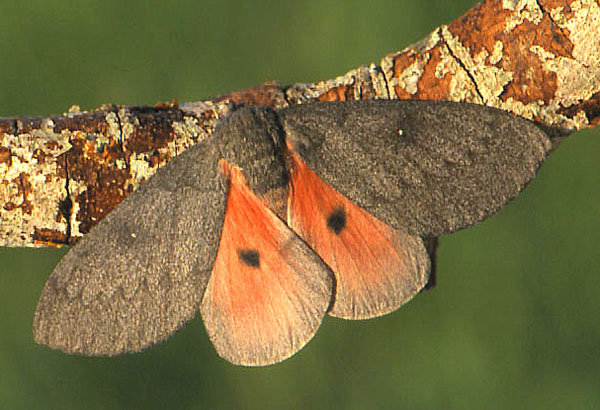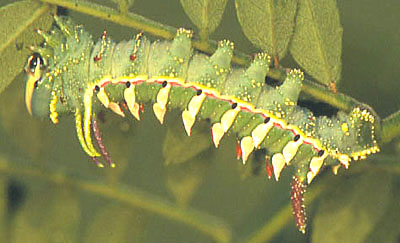SPHINGICAMPA HUBBARDI (DYAR, 1902)
SYSSPHINX HUBBARDI

Photo (female) courtesy of Leroy Simon.
This site has been created by
Bill Oehlke at oehlkew@islandtelcom.com
Comments, suggestions and/or additional information are welcomed by Bill.
TAXONOMY:Superfamily: Bombycoidea, Latreille, 1802 |
"Wonderful.World" |

